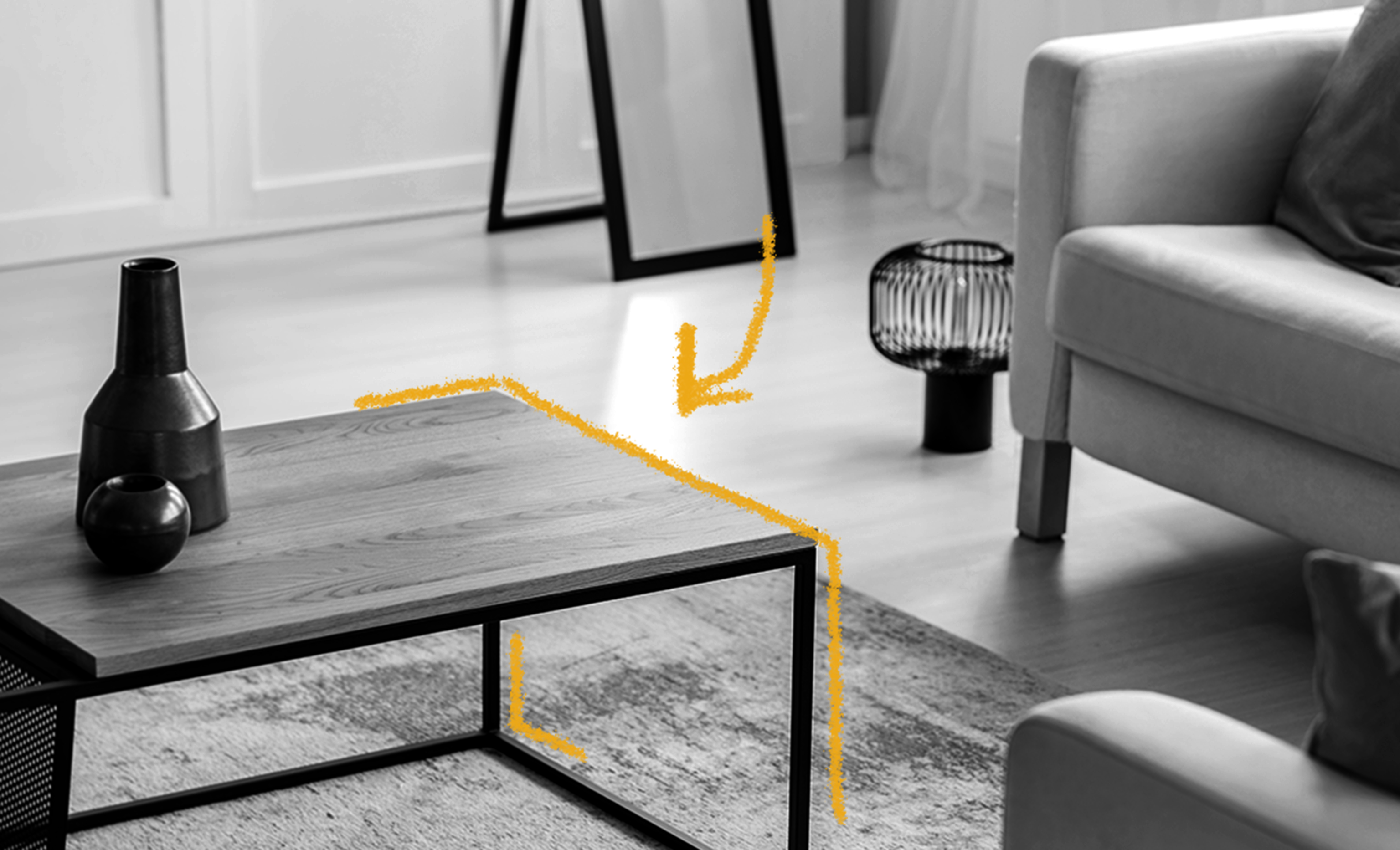F. Stuart Foote is sometimes credited as the inventor of the coffee table. The story goes that in the early 20th century, he was the president of the Imperial Furniture Company in Grand Rapids, Michigan. When his wife needed a centerpiece for her party, he reportedly trimmed the legs off a dining table and called it a “coffee table.” The company later went on to manufacture several coffee tables. However, according to experts, Foote did not invent the coffee table outright. In fact, the coffee table’s direct ancestor the tea table has been around since the 1720s or so. In the early 19th century, in part due to changing economics around tea, women began hosting at-home tea events around “tea tables,” which were often round and relatively tall. Later in the century, coffee exporters began making deals with grocers and coffee companies started pressuring employers to give workers “coffee breaks.” The results? Coffee began to make its way from coffee houses into homes, particularly in America. Soon furniture makers wanted to give the newly popular beverage its own table. The result? The coffee table. While it has undergone massive design changes since its early days, the coffee table is almost always low (typically about 18 to 19 inches from the floor) and designed to be placed in front of a couch. Today, coffee tables are often a key element (or even the centerpiece!) of living room décor and are used for a wide variety of purposes, not just as a place to put mugs of coffee.

Your go-to guide for weird history facts
Subscribe to the FREE daily email that makes learning about history fun.


